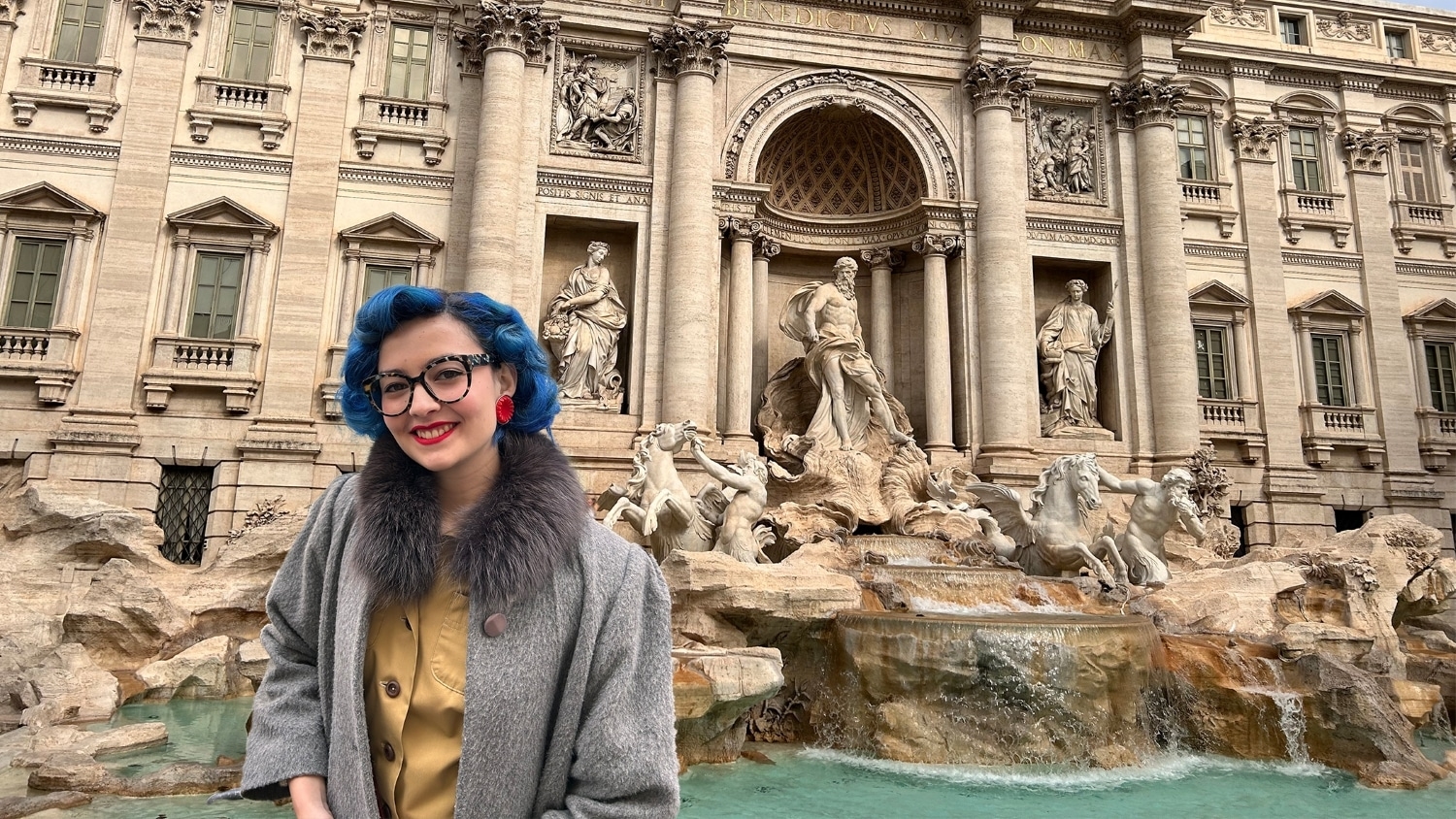Embracing Independence: Aditi’s Journey Through Study Abroad in Prague
This pivotal decision took her for her first college semester to the heart of Prague, where she embraced the challenges and rewards of immersing herself in a new culture. From navigating the local food scene as a vegetarian with allergies to adapting to a different academic system, each moment became a valuable lesson that expanded her horizons. Aditi shares her enriching encounters with food, academics, and the thrilling adventure of discovering the Czech Republic in her reflections in the form of a scrapbook.
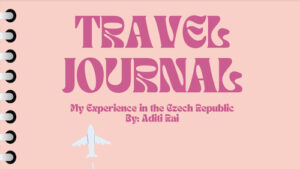
Flip through Aditi’s original scrapbook.
Navigating Food in the Czech Republic: A Vegetarian’s Experience
As someone who is vegetarian and has allergies, I remember being nervous about navigating food in another country. My experience with buying groceries, preparing meals, and going out to eat was especially interesting due to the nature of Czech food culture. For example, many Czech cuisine tends to be meat-heavy, with dishes like goulash and svíčková being popular menu options. However, I’ve noticed that Prague has a growing number of vegetarian and vegan restaurants. At the very least, there’s always typically one or two options available for people who don’t eat meat or animal products. It’s also standard for menus in the Czech Republic to list allergens by numbers shown next to the dishes containing them. This system made it much easier to check the ingredients of the foods I ordered and eat food with dietary restrictions.
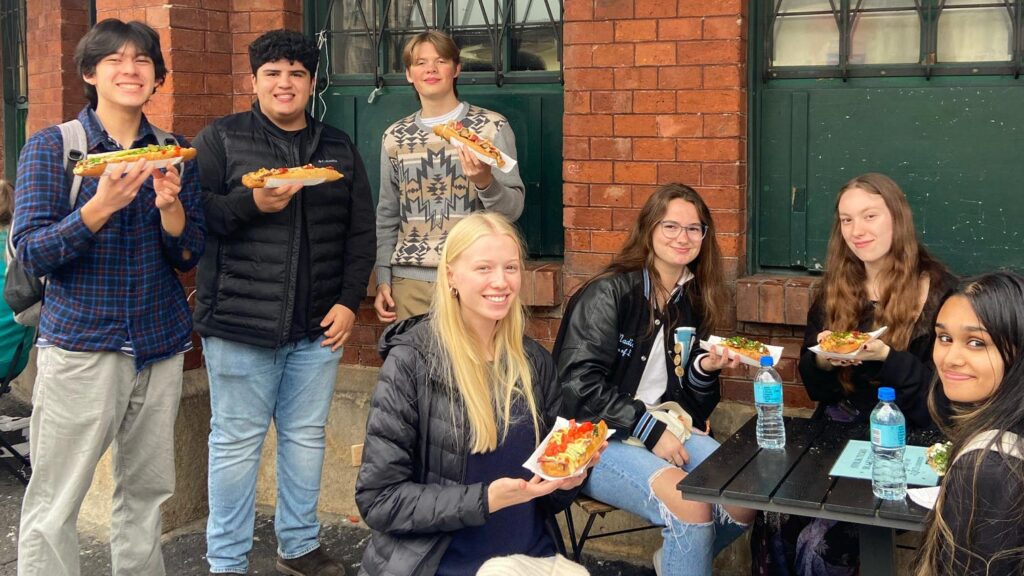
It was fun to cook with other people. We had community kitchens in our apartment, and my friends and I would make dinners and try new recipes together. Even if it was a fail, it was a fun process! It helped to split up the work and share our utensils and seasonings. It’s a great option if you’re looking to save some money.
I initially found grocery shopping a little stressful due to the language barrier. It’s helpful to download Czech on Google Translate and use the camera feature to easily take a picture of food labels in the store and understand what they are.
I had to get creative with simple staples—lots of fresh vegetables, bread, cheeses, and fruit. I tried to cook as much as possible to save money and avoid going out too much. However, I discovered several “go-to” restaurants that were great options, including Golden Egg’s delicious scrambled egg sandwich, Burrito Loco’s vegetarian speedy burritos, and brown sugar boba from Bubblify, right outside the university.
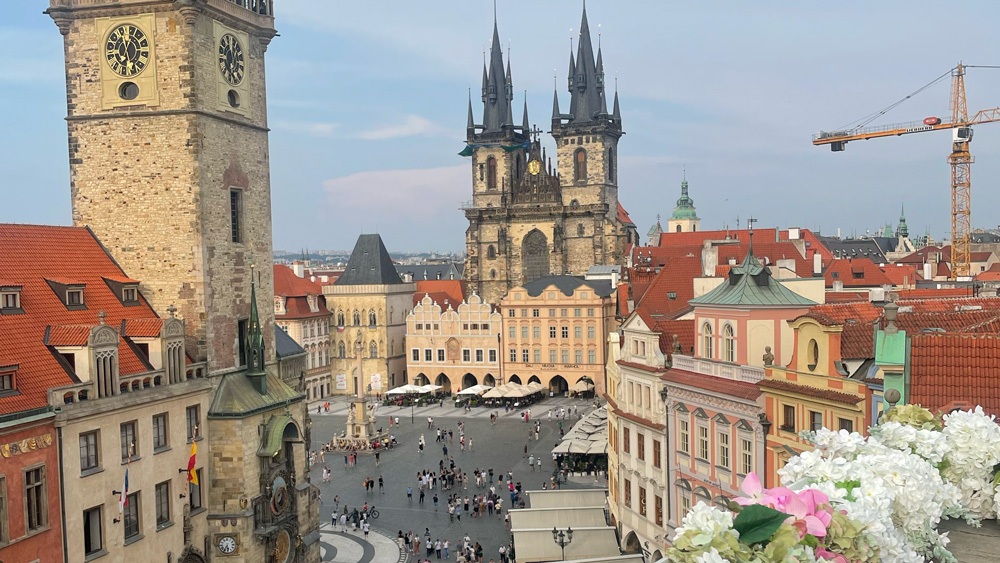
As a big foodie, picking out new places and exploring different parts of the city was fun. Every time you go somewhere new, it’s a little adventure, and you’ll never know where you end up. There are also plenty of cheap places around, as long as you do your research to avoid the tourist traps.
Adapting to Academic and Cultural Life in the Czech Republic
Education is very different in the Czech Republic. Adapting to different academic environments and learning cultures took a while. First, we were assigned to tracks with predetermined courses rather than choosing our classes. I was assigned to the International Studies II track. I took European Politics, Stellar and Galactic Astronomy + Lab, Principles of Sociology, Transition into a Diverse Community, and Czech Language and Culture. For all of these, I was with the same group of students, and I had to get used to being around the same people all the time. I was transitioning from high school to college, so I was used to grades based on frequent, short assignments and regular quizzes in the U.S. There was a greater emphasis on self-guided learning and independence.
A simple “dobrý den” or “děkuji” can go a long way in showing respect, and many people appreciate that you’ve taken the time to learn a few terms even if you don’t know much. I am always excited when I successfully use a bit of Czech.
We focused on a few major projects and exams that were substantial in determining our final scores. This shift pushed me to develop new study habits and manage my time effectively. I had to be more self-motivated, put a lot of effort into my few assignments, and stay on top of note-taking and studying to prepare for my midterms and finals. With fewer and more high-stakes assessments, there was attention to quality over quantity. Knowing that so many rides on just a few assignments could be stressful sometimes pushes me to give my best effort. Professors trust students to take responsibility for their learning. While they are always willing to help, they also expect a certain level of independence. This approach taught me to be more self-reliant and seek help when needed, such as studying with groups. Forming a study group with your track is helpful, and university center rooms with whiteboards and projectors are great for exam prep!
One of my favorite aspects of studying in the Czech Republic was learning about the country’s culture in all my classes. Many of my courses included fun field trips and excursions, allowing me to experience the city’s remarkable history firsthand. I visited historical sites like the Jewish Quarter, explored incredible science at the Stefanik Observatory, learned about
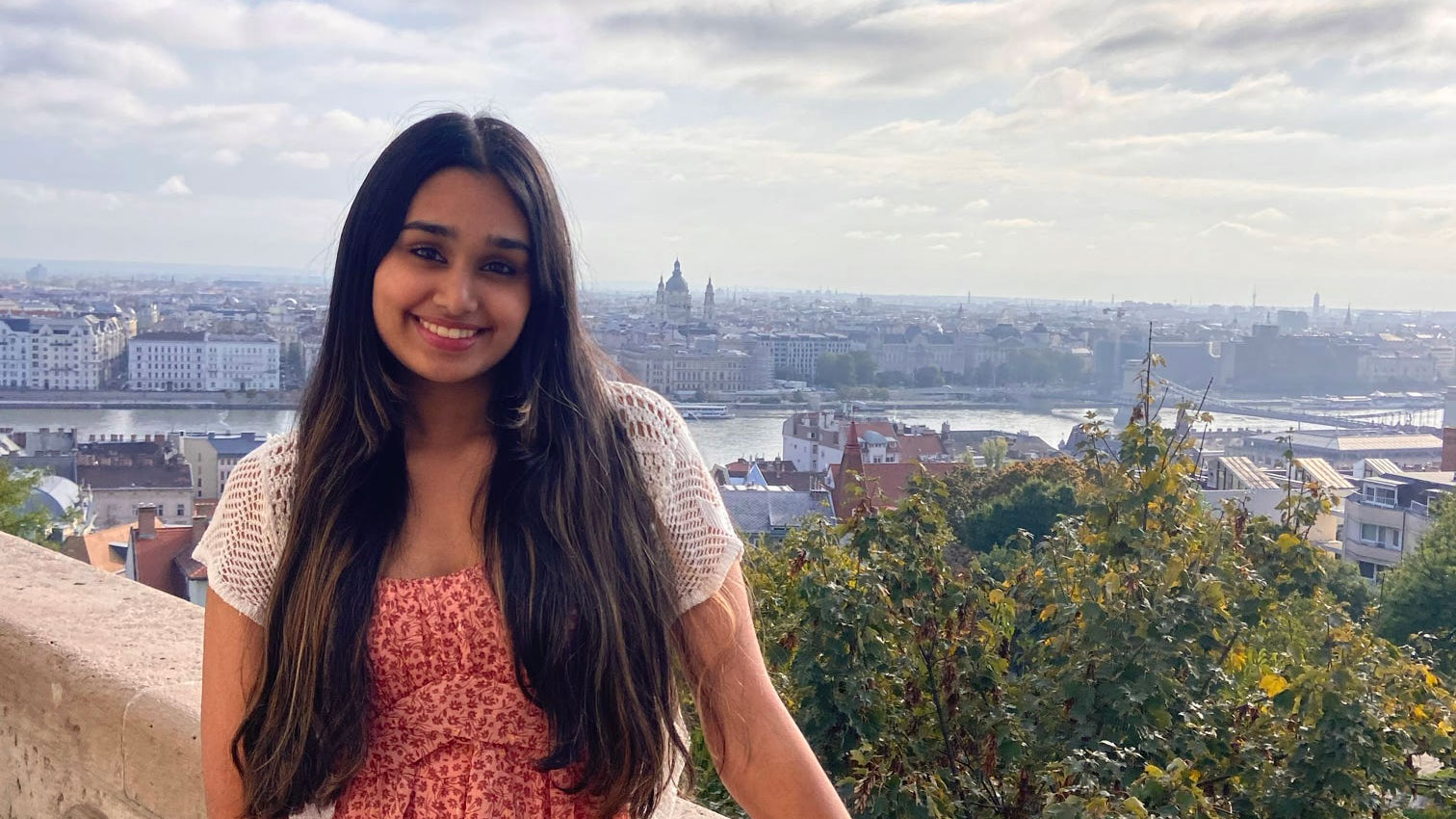
Prague’s Public Transportation Experience
One of my favorite things about the Czech Republic is how easy it is to get around. I am so thankful for public transportation because it made going to class, shopping, hanging out with friends, and exploring a much more enjoyable experience during my time abroad. Initially, I was worried that the mapping system would be too confusing and that I would get lost or that the tram would be like the few I have experienced in America: dirty, crowded, uncomfortable, and sometimes dangerous. But, they are quite the opposite – clean and safe. I took time to learn the tram system quickly. Rather than relying on friends to help get me places, I made sure to experience taking the tram alone as often as possible early on to ensure I could take care of myself during an emergency. The numbers and routes were confusing, but I got the hang of it after the first week. Trams are especially nice because they are above ground and let you see pretty views, unlike the metro. I took the metro a few times but avoided it because I preferred to enjoy the beautiful scenery as much as possible. The transportation system is such a vital part of the city. I’m grateful that it always helped me get where I needed to be as quickly and conveniently as possible.
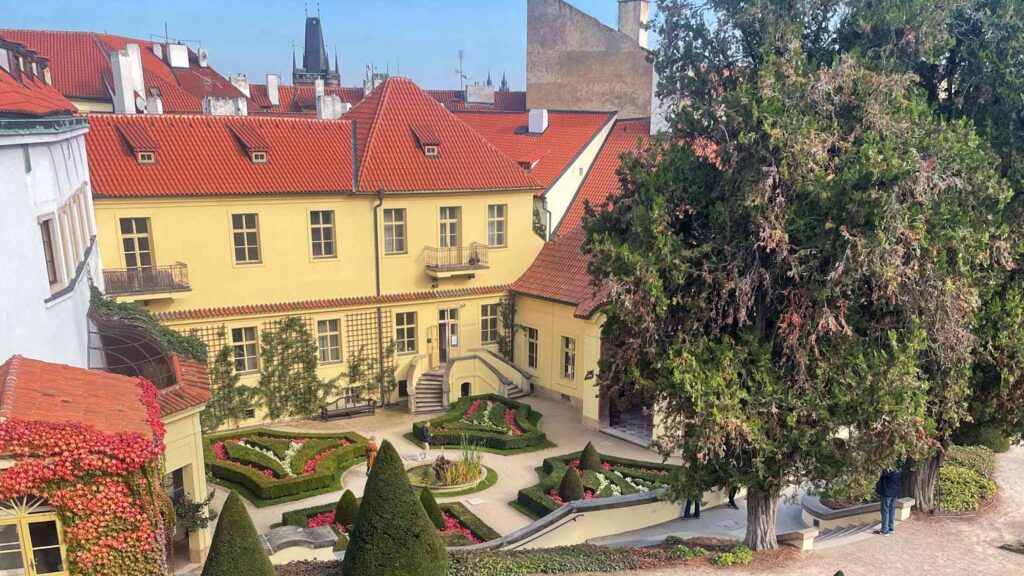
Celebrating Holidays: A Contrast of Traditions in the Czech Republic and the U.S.
I couldn’t help but notice the difference between holiday traditions here and in the United States. For example, Halloween was utterly different from what I was used to back in America. There wasn’t much going on besides the occasional costumes seen in nightlife with other kids our age, while back in the U.S., there would be streets filled with children in costumes going from house to house till dawn collecting candy. I did see several Halloween-themed spooky decorations, but there wasn’t the “trick-or-treating” that is such a staple back in America. Around the same time, the Czech Republic celebrates St. Martin’s Day, similar to Halloween. It was referred to historically as Old Halloween or sometimes Old Hallowmas Eve. This holiday marks the transition from autumn to winter. There are many celebrations centered around gathering with friends and family and eating foods such as roast goose, which reminded me of Thanksgiving. It had the same themes of having a feast and expressing gratitude, which I found heartwarming.
The city feels so magical, and I loved noticing new customs and traditions around the country every day.
During St. Martin’s Day, many shops offered special treats like mulled wine, and I saw some people celebrating in the streets. We celebrated our own Thanksgiving/St. Martin’s Day at the NC State University Center was enjoyable; everybody came together and happily shared food. I appreciated the communal nature of how holidays are celebrated in the Czech Republic and their sense of togetherness and community.
The cozy atmosphere developed even further when I saw many Christmas decorations being put up throughout November. It was exciting to see large trees being put up in malls and lights hung up all around. Czech people celebrate Christmas in their way with St. Nicholas Day, but I recognized many similarities.
Language and Cultural Nuances: a Reflection
The language and communication style was also a big adjustment for me. Many more people than I expected spoke English, especially in tourist areas and with younger generations. However, the Czech language remains essential to the country’s culture. I have learned a bit of language structure and a few basic phrases, and I use them when interacting with locals. A simple “dobrý den” or “děkuji” can go a long way in showing respect, and many people appreciate that you’ve taken the time to learn a few terms even if you don’t know much. I am always excited when I successfully use a bit of Czech. The language has a lot of unfamiliar sounds and rules that took some getting used to. Still, practice helped me build my proficiency. There is also a lot of nonverbal communication. I’m used to making eye contact and greeting people with smiles, but I have noticed that it is not a norm typically observed here. Instead, many people are more reserved in their body language. I initially considered this impolite and slightly rude, but I’ve come to see that it is normal here. I’ve adjusted my gestures to avoid coming across as too forward. Learning the importance of the language and how to communicate has been challenging yet rewarding. Having respect, patience, and dedication to understanding the culture of other people besides yourself is an important quality to have, and this can be applied to not just this but to all my cultural experiences here. I am so grateful for my experience studying abroad. I will carry the lessons I have learned here throughout my life.
Overall, studying in Prague was a great experience. It challenged me to think differently and learn a lot of valuable skills. I’m grateful for the lessons I’ve learned and the memories I’ve made, both in and out of the classroom.
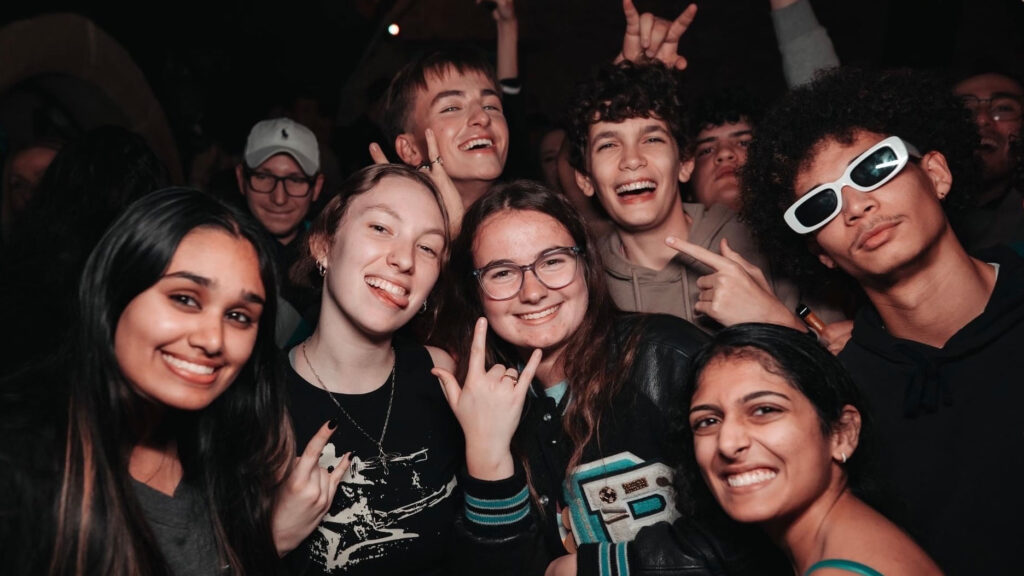
This post was originally published in NC State European Center in Prague.
- Categories:


